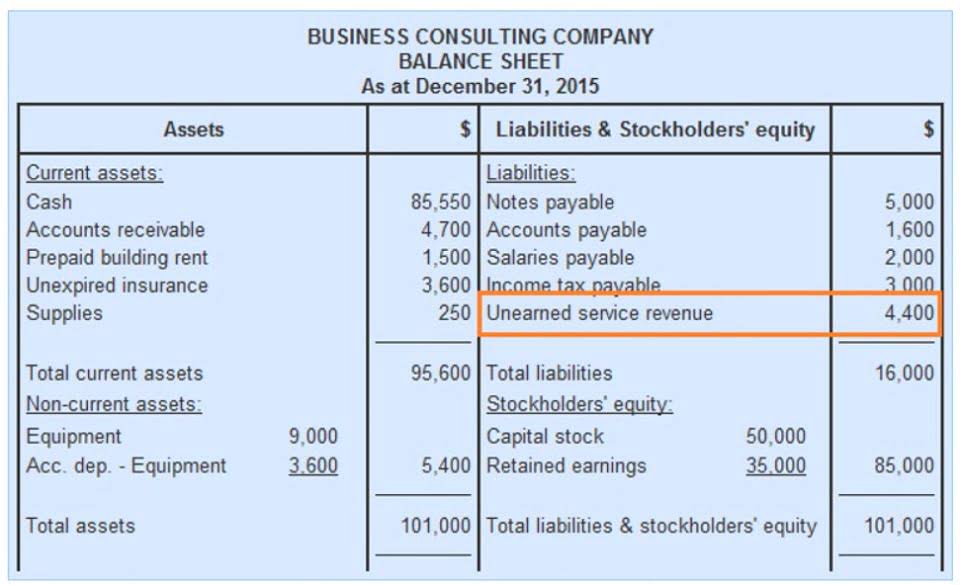
On the other hand, retained earnings are the part of a company’s cumulative profit set aside for future use. They can be used for expansion or to pay dividends to shareholders later. Unlike revenue, retained earnings are linked to net income, representing the amount saved by a company over time. It is recorded into the Retained Earnings account, which is reported in the Stockholder’s Equity section of the company’s balance sheet. Paying off loans improves a company’s financial leverage and reduces interest expenses, freeing up cash flow for other uses.

Non-Current Assets

The above definitions for the balance sheet elements clarify that retained earnings are equity. Since this balance is a type of equity, it also Bookkeeping for Chiropractors acts similar to other equity balances. Retained earnings is the cumulative amount of earnings since the corporation was formed minus the cumulative amount of dividends that were declared.
- Your current retained earnings are simply whatever you calculated during your last financial period.
- As a small business owner, it’s always nice to have a positive cash flow.
- Retained earnings indicate profitability and growth potential, but cash flow analysis reveals the company’s liquidity and ability to meet immediate financial obligations.
- Dividends are distributions of profits made by a company to its shareholders.
- The nature of retained earnings in different business structures influences how owners and managers make decisions about reinvesting profits or distributing earnings.
Asset vs Equity: Key Differences and Their Role on the Balance Sheet
Retained earnings represent a portion of a company’s profits kept within the business rather than distributed to shareholders as dividends. Many incorrectly assume they are an asset; however, retained earnings are a component of a company’s equity, reflecting accumulated past profits available for reinvestment or future distribution. This figure shows how much profit a company has historically reinvested. Equity, on the other hand, represents the owners’ residual claim on the company’s assets after all liabilities have been satisfied. This section includes capital directly contributed by owners and the accumulated earnings that have been retained within the business. Since retained earnings are a direct component of the Equity side of the equation, they cannot simultaneously be classified as an asset or a liability.
What is the Accounting for Retained Earnings?
Retained earnings are the portion of a company’s net income that is reinvested into the business rather than distributed to shareholders as dividends. In other words, it’s the cumulative amount of profits a company has retained over the years after paying out dividends and taxes. This financial reserve is a powerful engine, fueling future growth, expansion, and investment opportunities. The expanded accounting equation offers a comprehensive framework for understanding how financial activities impact a company’s overall financial standing. By breaking down equity into its individual components, it provides a clearer picture of the ways revenue, expenses and distributions interact with assets and liabilities. This approach highlights the interconnected nature of financial transactions and supports more detailed analysis of a business’s financial health and performance over time.
For example, if a company uses its retained earnings to purchase new machinery, the machinery itself is the asset. The retained earnings reflect that the company used its accumulated profits to acquire that asset. The retained earnings account on the balance sheet shows how much of the company’s assets have been funded by past profitability that was kept within the business. This internal funding capability reduces the need for external financing through debt or new equity issuance.
- Retained earnings can typically be found on a company’s balance sheet in the shareholders’ equity section.
- A consistent increase in retained earnings over time indicates a financially sound business effectively managing and reinvesting its profits for sustainable development.
- Retained earnings are a clearer indicator of financial health than a company’s profits because you can have a positive net income but once dividends are paid out, you have a negative cash flow.
- Costs can include rent, taxes, utilities, salaries, wages, and dividends payable.
- The balance of retained earnings changes with the company’s profits or losses and dividends paid to shareholders.
- Changes in tax laws can increase or decrease the amount of profit a company retains after paying taxes.
The Role of Retained Earnings on the Balance Sheet
The earnings of a corporation are kept or retained and are not paid out directly to the owners. In contrast, earnings are immediately available to the business owner in a sole proprietorship unless the owner elects to keep the money in the business. The other is an action on the https://abcdeo.cloud/income-statement-accounts-2/ part of the board of directors to increase paid-in capital by reducing RE. Over the same duration, its stock price rose by $84 ($112 – $28) per share. As a form of shareholders’ equity, retained earnings are a valuable measurement of your business’s health. Within the shareholder’s equity category in this example, most equity is held as common stock while a smaller portion remains as retained earnings.

Similarly, retained earnings are a part of the equity that demonstrates how much of the company’s assets have been financed by reinvested profits, rather than being an asset itself. As a small business owner, it’s always nice to have a positive cash flow. Maybe it’s time you finally pay off an expensive piece of equipment you purchased years ago or even invest in one that can make your business run faster. And while you might be excited about all your plans to use your profits, what’s something you’re not so excited about? An asset is anything a business controls or owns that provides future economic benefits. These resources are acquired to increase a firm’s value or benefit its operations.
Retained Earnings Formula

Another important ratio is the debt-to-equity ratio, which compares a company’s total liabilities to its stockholders’ equity. Since retained earnings add to equity, an increase in retained earnings can reduce the debt-to-equity ratio, indicating a stronger equity base relative to debt. This is often seen as a positive sign by lenders and investors, as it suggests the company is less reliant on debt financing. Investors and analysts closely watch retained earnings as a sign of a company’s profitability and growth potential.
Retained Earnings Formula and Calculation
Traders who look for short-term gains may also prefer dividend payments that offer instant gains. Retained earnings are the earnings left over and kept by a company after paying all current obligations and expenses, including dividend payments to shareholders. Retained earnings also act as an internal source of finance for most companies. The change in net assets without donor restrictions indicates if an organization operated the most recent fiscal period at a financial gain or loss.
When Are Funds Generally Transferred Into Zero-Balance Accounts?

When a company is first formed, shareholders will typically put in cash. Cash (an asset) rises by $10M, and Share Capital (an equity account) rises by $10M, balancing out the retained earnings asset or liabilities balance sheet. You could also elect to record retained earnings on separate statement of retained earnings. On the other hand, you could decide to keep your money in your retained earnings account and use it to pay future cash or stock dividends.
